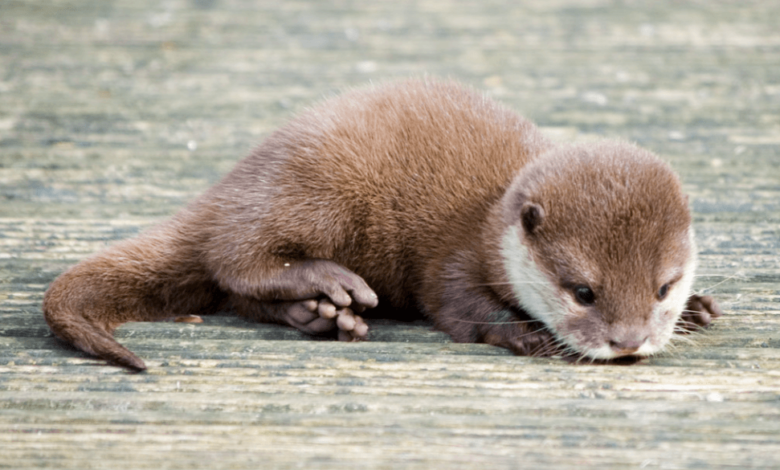Baby:_Gvppdnshwc= Otter

Baby:_Gvppdnshwc= Otter offers a rich tapestry of characteristics and behaviors that merit closer examination. These young mammals exhibit a range of traits, from their distinct physical features to their playful interactions, which serve vital roles in their development. However, their thriving existence in clean aquatic environments is increasingly threatened by environmental challenges. Understanding the balance between their natural behaviors and the pressing conservation issues they face can provide insights into the broader implications for biodiversity and ecosystem health. What steps might be necessary to ensure their continued survival in a changing world?
Baby Otter Characteristics
Baby otters, often referred to as pups, are charming aquatic mammals that exhibit several distinctive characteristics.
Their soft, dense fur serves as insulation, while their webbed feet enhance swimming agility.
Diet preferences include a variety of seafood, such as fish and crustaceans, reflecting their adept hunting skills.
With expressive faces and playful nature, these pups embody the spirit of freedom in the water.
Habitat and Environment
The habitat of otter pups is intricately linked to the availability of clean water bodies, as these environments provide essential resources for their survival and development.
Ideal otter habitats include rivers, lakes, and coastal areas, abundant with aquatic vegetation and prey.
These vibrant aquatic environments not only support their physical needs but also encourage exploration, fostering the natural instincts of young otters.
Behavior and Playfulness
Otter pups display a remarkable array of behaviors that highlight their playful nature and social dynamics within their families.
Engaging in playful antics, these young otters often wrestle, chase, and slide on wet surfaces, fostering essential social interactions.
Such activities not only strengthen family bonds but also enhance their agility and coordination, preparing them for the challenges of adulthood in the wild.
Read Also Baby: Cute: Coyote
Conservation Challenges
Many species of otters face significant conservation challenges that threaten their survival and habitat.
Pollution impact from industrial runoff and plastic waste compromises water quality, while climate change alters ecosystems, affecting food sources and breeding grounds.
As these majestic creatures navigate a rapidly changing environment, their resilience is tested, underscoring the urgent need for conservation efforts to ensure their freedom and future.
Conclusion
In conclusion, the enchanting world of Baby:_Gvppdnshwc= Otter showcases their unique characteristics and playful behaviors, essential for their development and survival. However, the threats posed by pollution and climate change cast a shadow over their future. Protecting these delightful creatures is not just a matter of saving a species; it is about safeguarding the intricate web of life in their aquatic habitats. Ensuring the survival of baby otters is a crucial step in turning the tide against environmental degradation.





